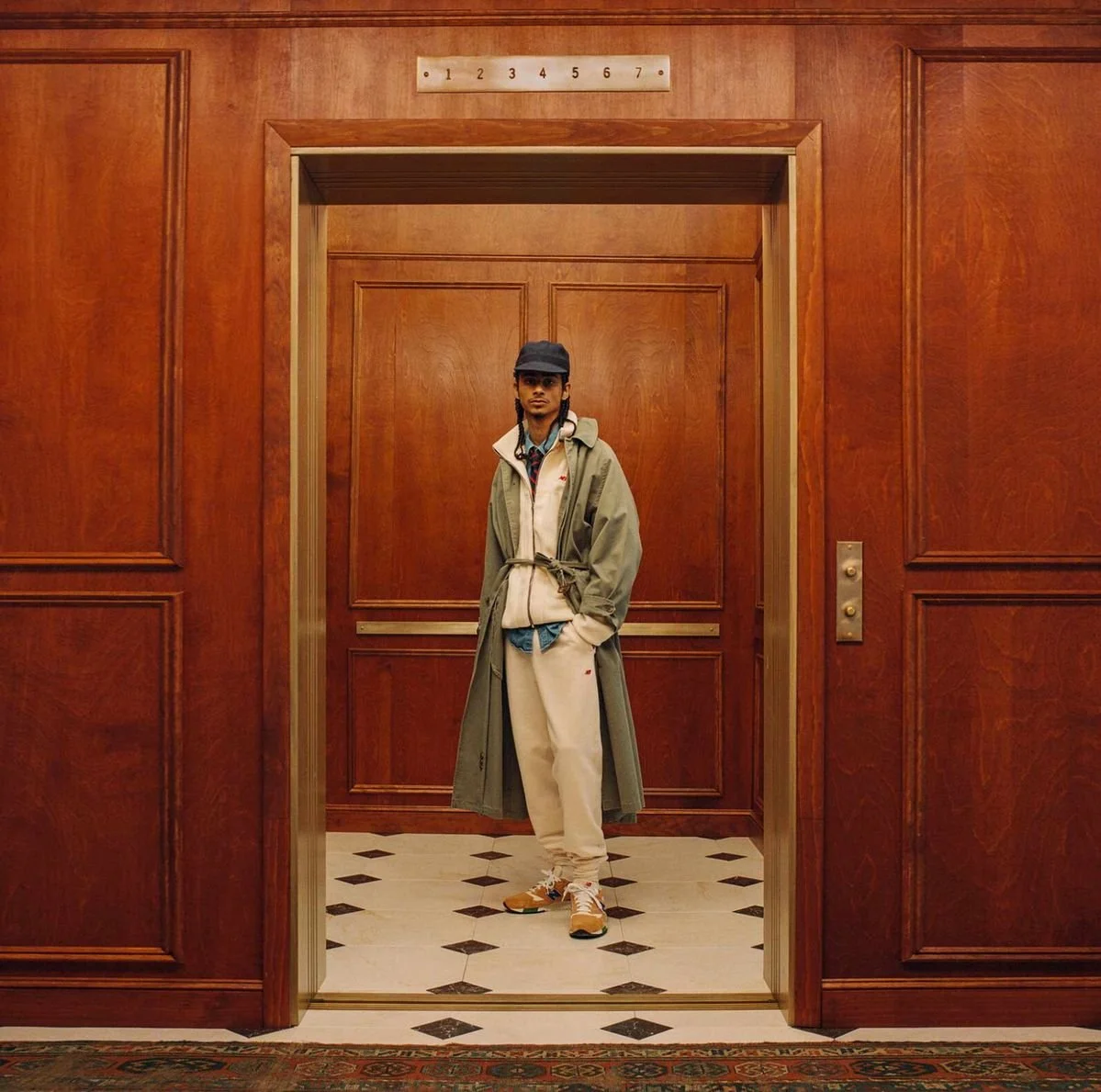The Rise of Anti-Marketing: How to Reach the Customer Who Hates Being Reached
There’s a quiet rebellion happening in the marketplace. Consumers have grown numb to ads that interrupt, influencers who overreach, and brands that talk more than they listen. These are the anti-marketing customers—the ones who distrust the machinery of marketing itself yet still crave meaning, belonging, and quality. Let’s face it, this is most people now.
For brands, this group isn’t easy to win over. They don’t follow trends, they follow trust. They aren’t impressed by scale, they’re drawn to subtlety. What they want isn’t more marketing, it’s less of it, done better.
What the Anti-Marketing Customer Really Wants
This customer values honesty, restraint, and curiosity. They want to feel like participants in a story, not targets in a funnel. Their version of “discovery” comes from finding something that feels earned, something that rewards attention rather than demands it.
They look for three things:
Substance over spectacle. They see through hype. They’d rather have a product that performs beautifully and lets its reputation spread organically.
Transparency with texture. They want to know the process, not just the pitch—who designed it, how it was made, what inspired it.
A quiet kind of confidence. Brands that speak softly, design intentionally, and lead through consistency, not noise, earn their loyalty.
They also reward patience. A brand that takes its time to reveal itself slowly, through tactile experiences, thoughtful visuals, and cultural alignment, feels human in an age of automation.
The Male Buyer vs. the Female Buyer
The differences between male and female anti-marketing customers are less about gender roles and more about how they express discernment.
Men, particularly in lifestyle and fashion, often seek self-definition through simplicity. They gravitate toward products that signal quiet competence, a well-cut jacket, a timeless watch, a heritage grooming brand. They respond to brands that align with personal philosophy: minimalism, mastery, and longevity. The male anti-marketing customer is drawn to the brand that earns respect rather than demands attention. Think of him as a curator, not a collector.
Women, by contrast, tend to seek emotional coherence and connection. They respond to storytelling that weaves identity, experience, and purpose together. They want brands that understand their life stage, reflect their values, and express care through detail, texture, tone, and community. For many female buyers, loyalty comes from empathy, not aspiration.
Both audiences want truth, but their thresholds for it differ. Men lean toward proof, craftsmanship, performance, heritage. Women lean toward presence, consistency, compassion, narrative honesty. When brands can balance both, they transcend gender and move into cultural relevance.
Brands That Get It
Aesop built a global brand by refusing to play the traditional marketing game. There are no bright colors, no celebrity endorsements, no emotional manipulation. Each store is uniquely designed to reflect its neighborhood, blending into its surroundings rather than shouting above them. The copy feels literary, the packaging almost monastic. What makes Aesop powerful is its restraint, it trusts the product, the design, and the customer’s intelligence.
Patagonia remains a case study in moral clarity. The brand’s activism is not decoration, it’s DNA. From their “Don’t Buy This Jacket” campaign to donating all profits to environmental causes, Patagonia demonstrates that values can be louder than advertising. The anti-marketing customer sees this and recognizes integrity, not performance. Patagonia doesn’t sell you an identity, it invites you to join a cause.
Aimé Leon Dore operates like a cultural curator rather than a fashion label. Founded by Teddy Santis, ALD blends streetwear, heritage, and nostalgia into a universe that feels lived-in and specific. Their storytelling isn’t about selling collections, it’s about documenting a lifestyle. They use editorial-quality photography, music references, and filmic campaign videos that feel more like memory than marketing. For the modern male customer, this mix of aesthetic precision and emotional nostalgia is irresistible.
A newer example is Jacquemus, a brand that has mastered the art of restraint and visual storytelling. Simon Porte Jacquemus doesn’t rely on influencer gimmicks. Instead, he builds emotional connection through poetic imagery, architecture, and playful simplicity. It’s marketing that feels like art, which is precisely why it works.
The Real Connection
The anti-marketing movement isn’t about rejecting marketing altogether. It’s about returning to its essence, communication built on understanding, not interruption. Brands that thrive here are those that slow down, simplify, and speak in a tone that assumes intelligence, constructing a narrative that connects.
Reach out and set up some time to chat about your community and communications. Download a complimentary copy of our latest report.






